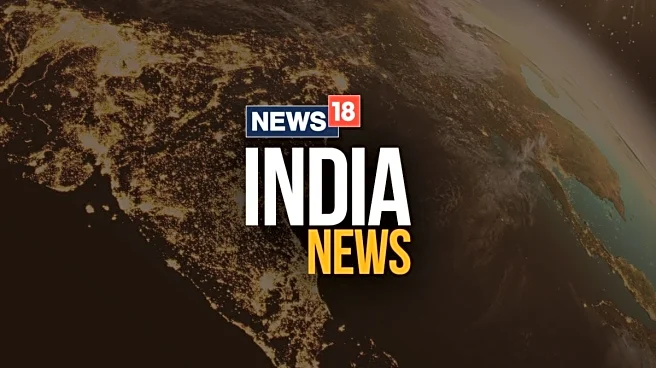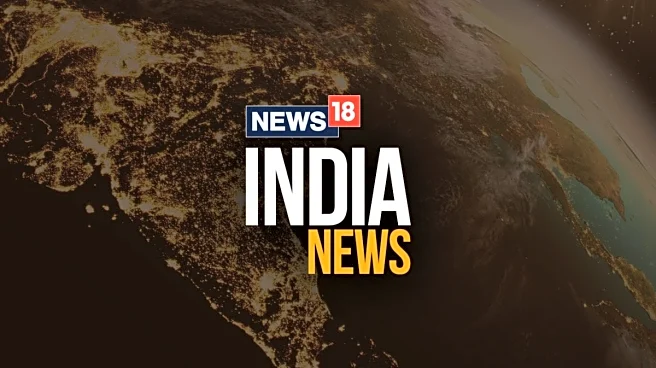The government has issued detailed guidelines under the PM E-DRIVE scheme for setting up around 72,300 public EV charging stations across India. According to PTI, this will improve the public charging infrastructure;
increase the coverage in cities as well as highways, and support the country’s transition towards clean mobility. This scheme falls under Rs 2,000 crore allocation from within a larger Rs 10,900 crore PM E-DRIVE initiative that covers both urban areas and long-distance travel corridors.
Also Read: Dark Knight On Wheels: Mahindra BE 6 Batman Edition Deliveries Commence
Key Highlights Of The Guidelines
The PM E-DRIVE guidelines will ensure uniformity of standards for charging stations across the country so that accessibility and convenience factors improve. Among the significant features are provisions ensuring land availability, grid connectivity, and compliance with Bureau of Indian Standards specifications. The Ministry of Heavy Industries has also made open access to charging points compulsory so that operators can serve different models of EVs without any limitation. These guidelines also include safety measures and real-time monitoring systems to establish confidence among users of the EV infrastructure.
Coverage And Implementation
The PM E-DRIVE scheme puts major highways, national corridors, and metropolitan cities first, then later moves on to tier-2 as well as tier-3 towns. Each charging station will be strategically located to reduce range anxiety and support both passenger and commercial EVs. The plan also calls for coordination with state governments, discoms, and private players to expedite infrastructure development. The government expects the rollout to create a dense network of public charging points over the next three years.
Financial And Operational Support
Under the scheme, financial assistance will be provided to operators for setting up charging stations, including capital subsidies and incentives for renewable energy integration. Government premises such as offices, residential complexes, hospitals, and educational institutions will receive 100 per cent subsidy on both upstream infrastructure and EV charging equipment, provided the chargers offer free public access. The guidelines also encourage public-private partnerships (PPPs) to scale up the infrastructure. Additionally, measures are in place to streamline approvals, ensuring faster clearances for installation. The Ministry will monitor implementation progress through a centralised dashboard.
Also Read: 5 Affordable Cruiser Bikes With Great Mileage: Royal Enfield Meteor 350, Jawa 42 And More
What This Means For EV Adoption
The release of PM E-DRIVE guidelines marks a crucial step in India’s EV ecosystem, aiming to make charging more accessible, reliable, and affordable. By ensuring nationwide coverage and uniform standards, the government hopes to accelerate EV adoption while reducing dependence on fossil fuels.
(With inputs from PTI)






/images/ppid_a911dc6a-image-175907683195780521.webp)





/images/ppid_a911dc6a-image-175905869518465403.webp)
/images/ppid_a911dc6a-image-175888190571916290.webp)